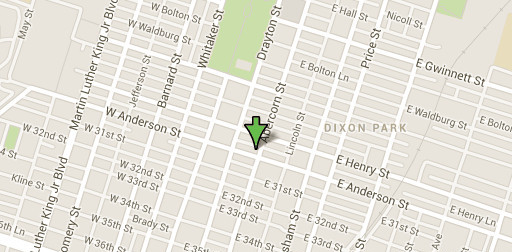There are many different types of headaches that have been described, although not all of them are fully accepted. For example, rhinogenic headaches remain a type of headache that has been described, diagnosed, and even accepted by international associations dedicated to the understanding of headaches, but is still not accepted by all doctors. Rhinogenic headaches are an interesting phenomenon that can be compared to TMJ and migraine headaches.
What Are Rhinogenic Headaches?
Rhinogenic headaches are headaches that are created in your nose. They are not related to your sinuses, and, especially, are not caused by colds, flu, or congestion. Instead, they are caused by specific nerve interactions in your nose that causes nerve overstimulation.
The diagnostic criteria for rhinogenic headaches are not exactly easy to achieve. To diagnose rhinogenic headache, a doctor must confirm:
- You have intermittent pain located around your cheeks and eyes
- Your pain is not associated with congestion or infection of the sinuses
- You have places where your mucous membranes touch
- Pain changes as you sit up and lie down
- Pain can be eliminated with local anesthesia to certain parts of your nose
- The pain stops recurring after surgery prevents your mucous membranes from touching
The last point is the one that’s the kicker: they can’t definitely diagnose it before they try to treat it. If the treatment works, then they know that’s what you had.
How Rhinogenic Headaches Are Like Migraines
Rhinogenic headaches occur when nerves in your mucous membranes are touching. These nerves extend almost to the very cell surface, so when two mucous membranes are touching each other, the nerves are very close to each other. When this occurs, the nerves can act like two wires touching. They “spark,” causing an overstimulation of the nerves that leads to the release of a vasodilator, a substance that triggers your blood vessels to expand. When this occurs, the expanded blood vessels put pressure on nearby tissues, causing pain.
This is similar to the way that migraines work, except that in migraines the vasodilator is released in the brain.
Rhinogenic headaches also affect the same nerve as migraines: the trigeminal nerve. They just affect the periphery of the nerve, rather than the main branch.
TMJ can trigger migraines in a similar way. When jaw muscles put pressure on different parts of the trigeminal nerve, the result can be an overstimulation of the nerve, which causes the release of vasodilators into the brain. TMJ treatment prevents migraines by reducing muscle tension in the jaw so that there’s less risk of overstimulation.
To learn whether TMJ treatment can help your migraines, please call (843) 706-2999 for an appointment with a Hilton Head TMJ dentist at Beyond Exceptional Dentistry.





